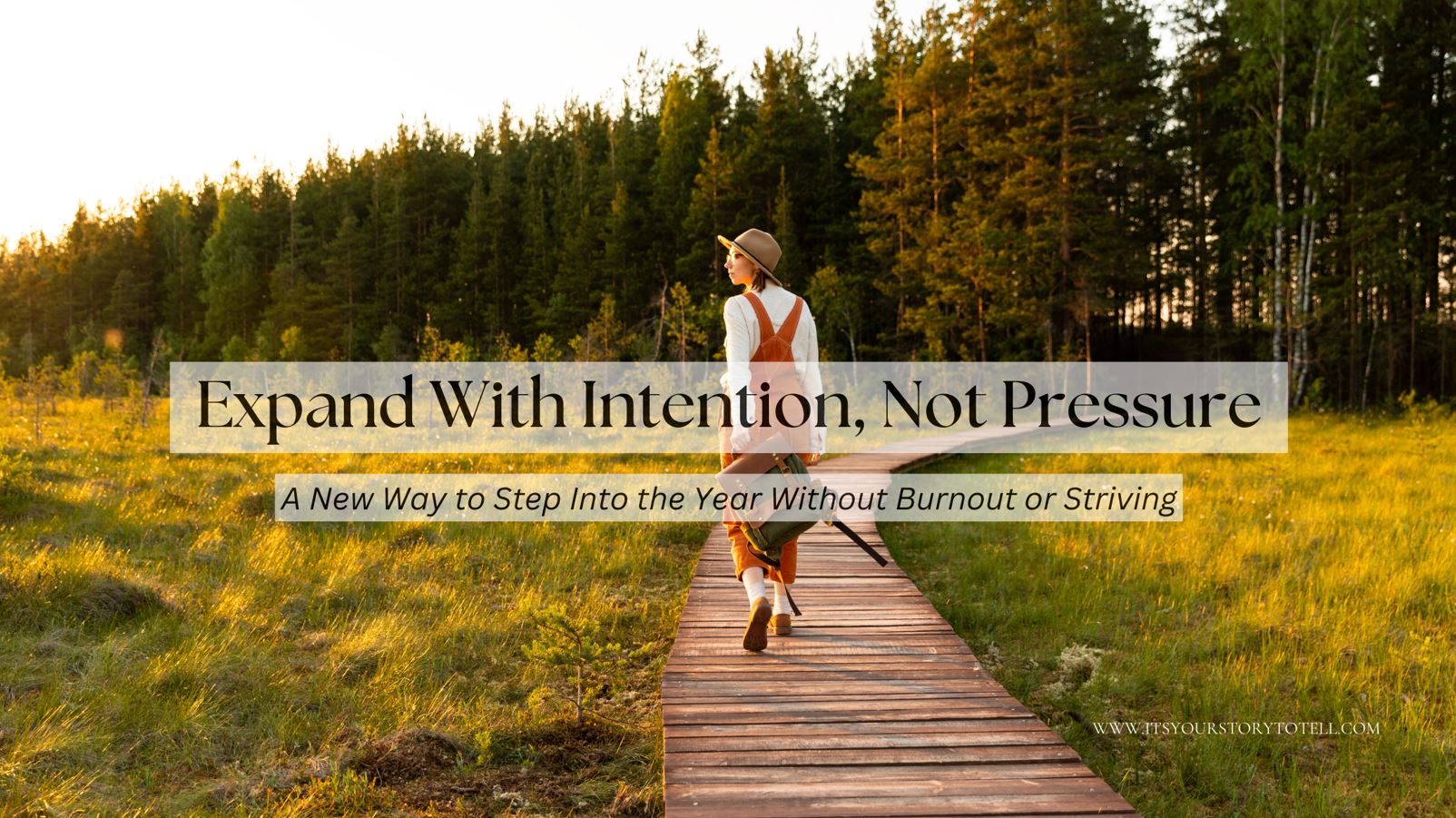A Journey Through the 7 Stages of Emotionally Healing from Trauma
Jan 29, 2024
Trauma is an emotional response that lasts long after an event occurs that causes significant mental and physical stress. Just like a physical scar from a deep cut takes time to heal, recovery from trauma is possible with time and treatment. It's important to remember that ignoring or avoiding symptoms of trauma isn't a healthy coping response -- in fact, avoiding them can make things worse.
When you go through a traumatic event, your mind sometimes remembers how it felt and keeps that trauma response "at the ready." Trauma affects two parts of your brain: the Amygdala, responsible for your emotional reactions, and the Hippocampus, linked to memory. The impact can lead to hyper-vigilance to danger and a struggle between past and present, making traumatic memories feel like they're happening in the present moment.
Different types of traumas, often categorized as big 'T' and little 't,' can affect your present, causing panic attacks, depression, or an inability to go on with normal routines. Recognizing the painful moments while also healing the emotional scars left behind starts with giving your feelings a name: trauma. It's not just a small setback -- it becomes a part of your story.
Big 'T' and Little 't' Trauma:
Trauma doesn't have to look a certain way for it to be valid. According to experts, trauma can be understood as big "T" and little "t" trauma. The difference lies in how it affects your mind rather than in its severity. Big "T" trauma includes large, bombastic moments that can alter your physical and mental well-being, such as natural disasters, violent attacks, or sexual assault. Little "t" trauma, on the other hand, may not affect everyone the same way and can be harder to recognize. Examples include a breakup, loss of a pet, or financial troubles.
Regardless of its magnitude, trauma can come from various sources and affect individuals differently. Childhood trauma, often stemming from physical or verbal abuse, neglect, or witnessing abuse, can lead to long-lasting effects such as low self-esteem, risky behaviors, and anxiety. Sexual trauma, relationship trauma, and religious trauma are other forms that can deeply impact one's well-being.
Feeling weighed down by a constant state of emotional pain can leave you feeling lost and overwhelmed. The journey towards healing such wounds is often layered, complex, and involves recognizing the need for change. This article provides an easy-to-understand guide through the 7 stages of emotional healing. Healing that could pave your path to inner peace and transformation. Ready to embark on this transformative journey? Let's get started!
Acknowledging trauma is the first step towards healing. Tools are available to help process trauma, find peace, and not let it take over your life. This doesn't mean you can "just get over" your trauma. Instead, it means facing it head-on, being kind to yourself, and forging a new path.
Now, let's delve into the 7 stages of emotional healing:
1. Acknowledgment and Awareness:
Begin by acknowledging the existence of your emotions and developing awareness of their presence. Trauma often lurks in the shadows and bringing it into the light is the first step towards healing. Embrace the range of feelings within you, recognizing the need to confront and accept them.
Key Practices:
- Journaling: Document your thoughts and emotions to foster self-awareness.
- Mindfulness Meditation: Cultivate presence and observe emotions without judgment.
We have another great guided mindfulness today, to support your practice!
2. Acceptance:
Move from acknowledgment to acceptance. Understand that your emotions are valid, and this stage involves letting go of self-judgment. Acceptance is not approval; it is a compassionate acknowledgment of what is. Embrace your feelings without reservation, creating a foundation for deeper understanding.
Key Practices:
- Self-Compassion Exercises: Treat yourself with kindness and understanding.
- Affirmations: Use positive statements to reinforce self-acceptance.

3. Exploration and Understanding:
Dive into the roots of your emotions. Explore past experiences and unravel the threads connecting them to your present feelings. Seeking therapy or engaging in self-reflection can facilitate a deeper comprehension of yourself.
Key Practices:
- Therapy: Seek professional guidance for exploring and understanding emotions.
- Inner Child Work: Reconnect with and heal wounded aspects of your inner child.
Grab our free eBook and workbook to support healing your inner child.
4. Expression:
Emotions yearn for expression, and this stage encourages finding healthy outlets for their release. Whether through art, writing, music, or movement, expressing emotions is a vital aspect of the healing process. Repressed emotions can manifest as physical ailments or mental health issues, making the act of expression an essential step in restoring balance.
Key Practices:
- Creative Arts: Engaging in activities that allow for emotional expression.
- Physical Exercise: Releasing pent-up energy and stress through movement.
5. Release and Letting Go:
Emotional healing involves a profound release of what no longer serves us. This stage requires letting go of resentments, grudges, and attachments that anchor us to pain. It's about relinquishing the grip of past wounds and embracing the freedom that comes with forgiveness--both for others and, crucially, for oneself.
Key Practices:
- Forgiveness Practices: Cultivating forgiveness for oneself and others.
- Rituals of Release: Symbolic acts to signify letting go, such as burning written grievances.
6. Rebuilding and Empowerment:
As we clear away the debris of the past, the focus shifts towards rebuilding and empowerment. This stage involves consciously choosing behaviors, thoughts, and relationships that align with our newfound understanding and self-worth. It's about creating a life that reflects our authentic self and fostering resilience in the face of future challenges.
Key Practices:
- Goal Setting: Establishing realistic and meaningful goals for personal growth.
- Boundary Setting: Establishing healthy boundaries in relationships.
We also have a great free resource to help you with boundary setting!
7. Integration and Transcendence:
The final stage of emotional healing transcends the notion of mere recovery. It involves integrating the lessons learned and experiences gained into the fabric of our being. This is not a return to the status quo but a metamorphosis--a rebirth that leaves us more resilient, compassionate, and attuned to the ebb and flow of our emotions. It's about embodying emotional intelligence and using our newfound wisdom to navigate life's challenges with grace.
Key Practices:
- Regular Reflection: Continuing to reflect on emotions and experiences.
- Service and Contribution: Sharing our lessons to help others on their healing journey.
The journey through the seven stages of emotional healing is not linear, and individuals may find themselves revisiting certain stages as they navigate life's complexities. What remains constant is the invitation to engage with the process authentically and with an open heart. Emotional healing is a testament to our resilience, a journey that transforms wounds into wisdom, and pain into purpose. As we navigate these stages, we embark on a profound exploration of self-discovery, ultimately emerging as more empowered and compassionate beings.
We are here to support you; this is not a journey you have to do alone!
View The Entire Collection
See all our blog posts to discover valuable insights and tools for navigating trauma and healing with guidance and support.












